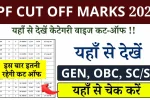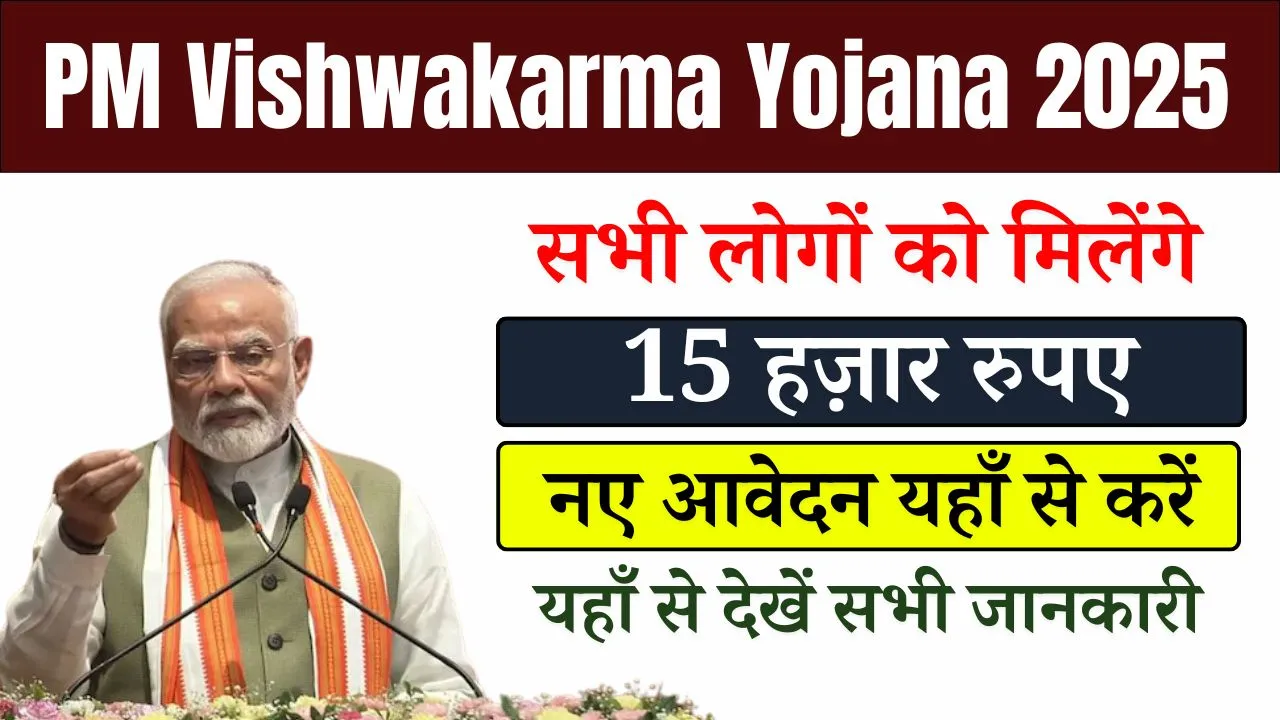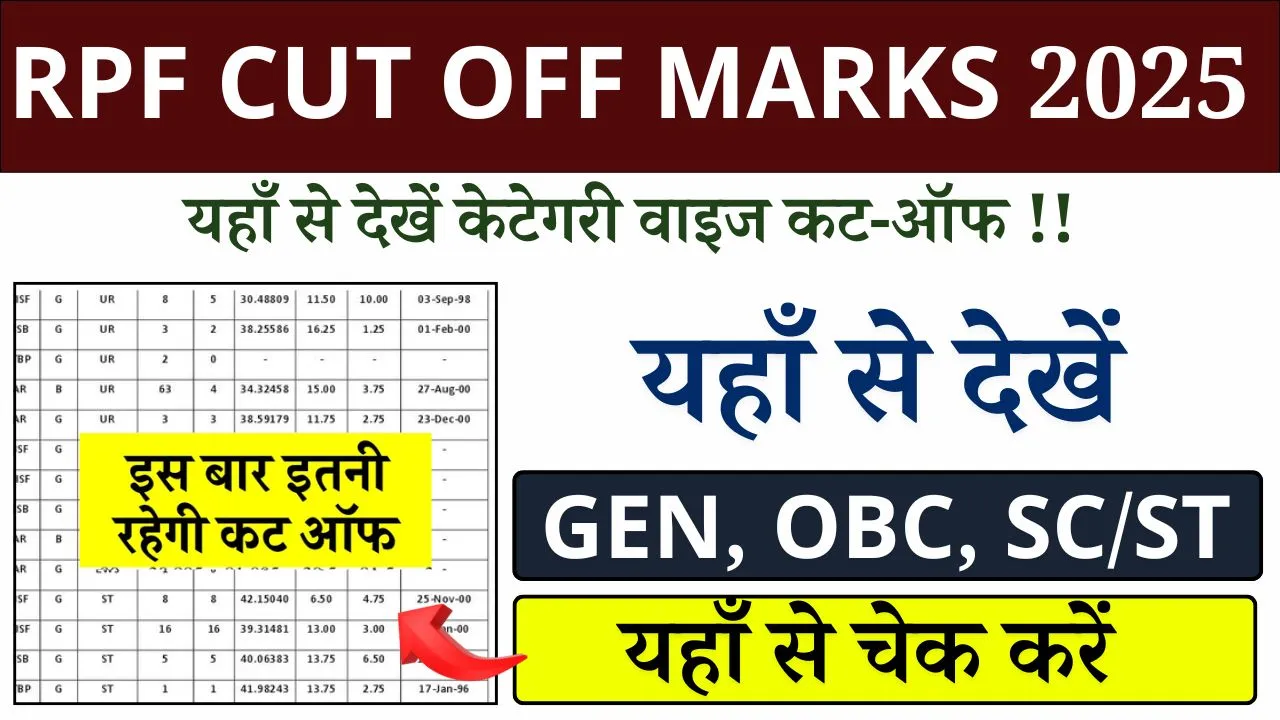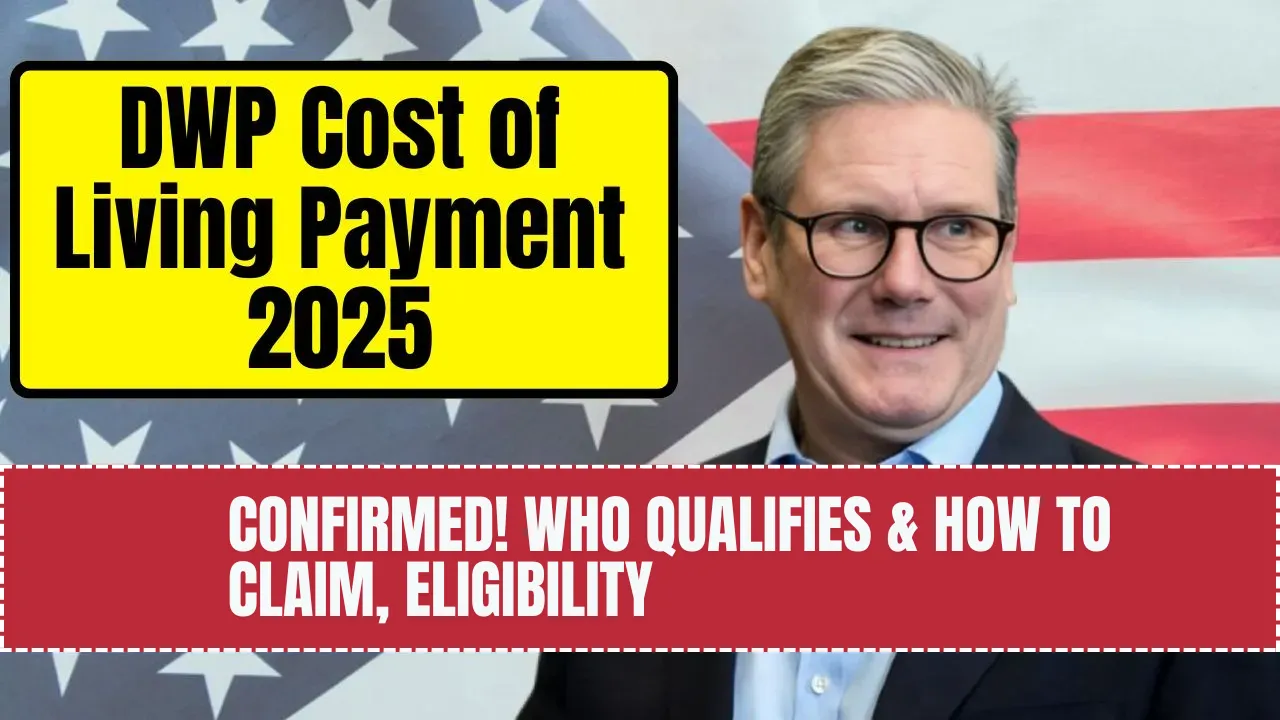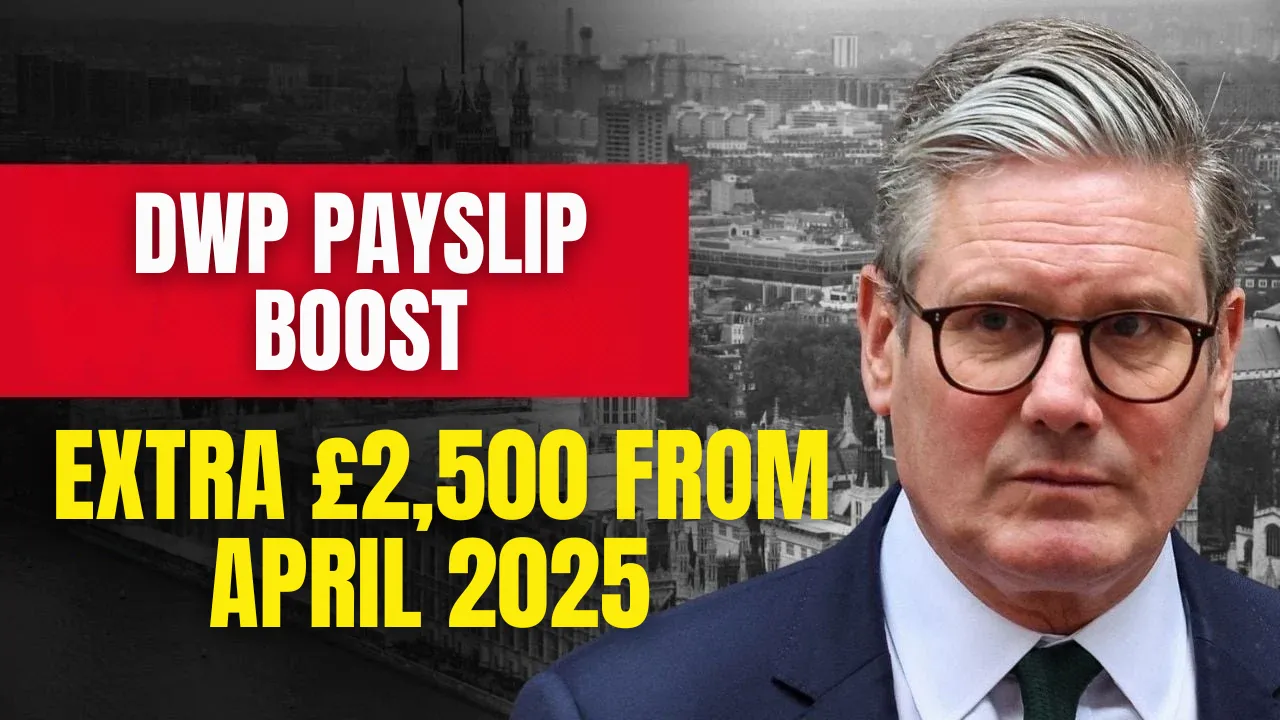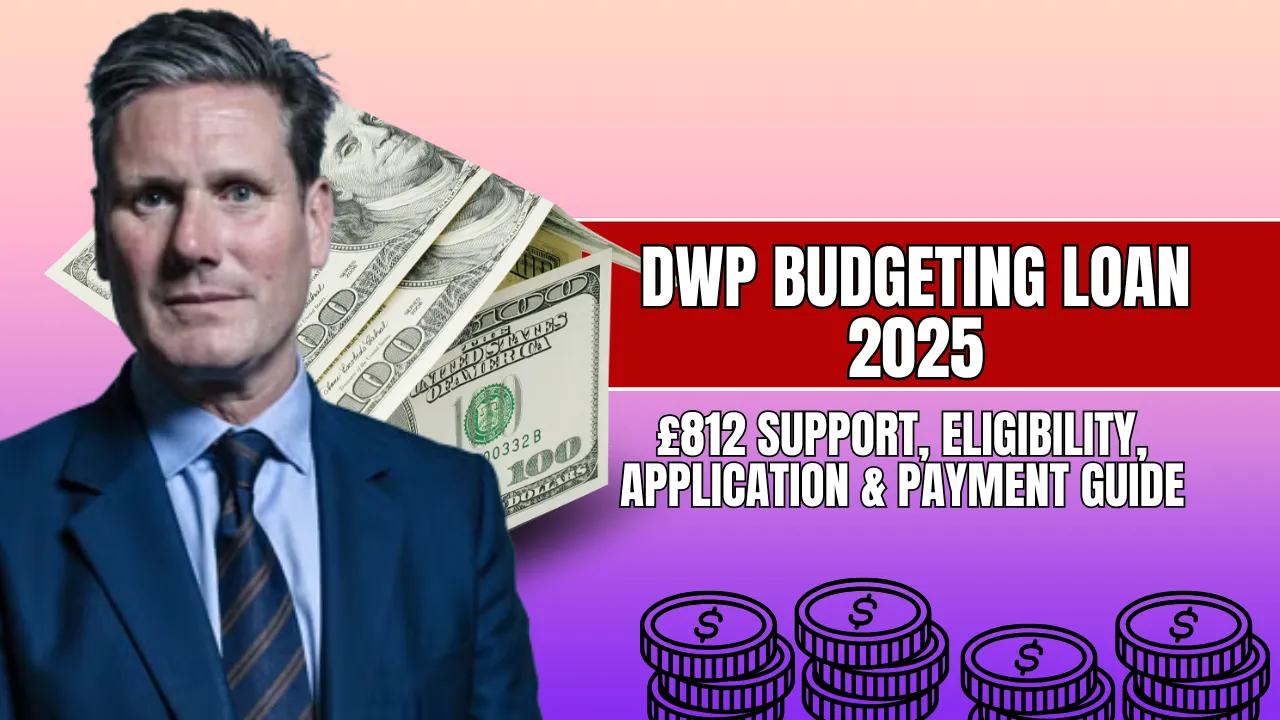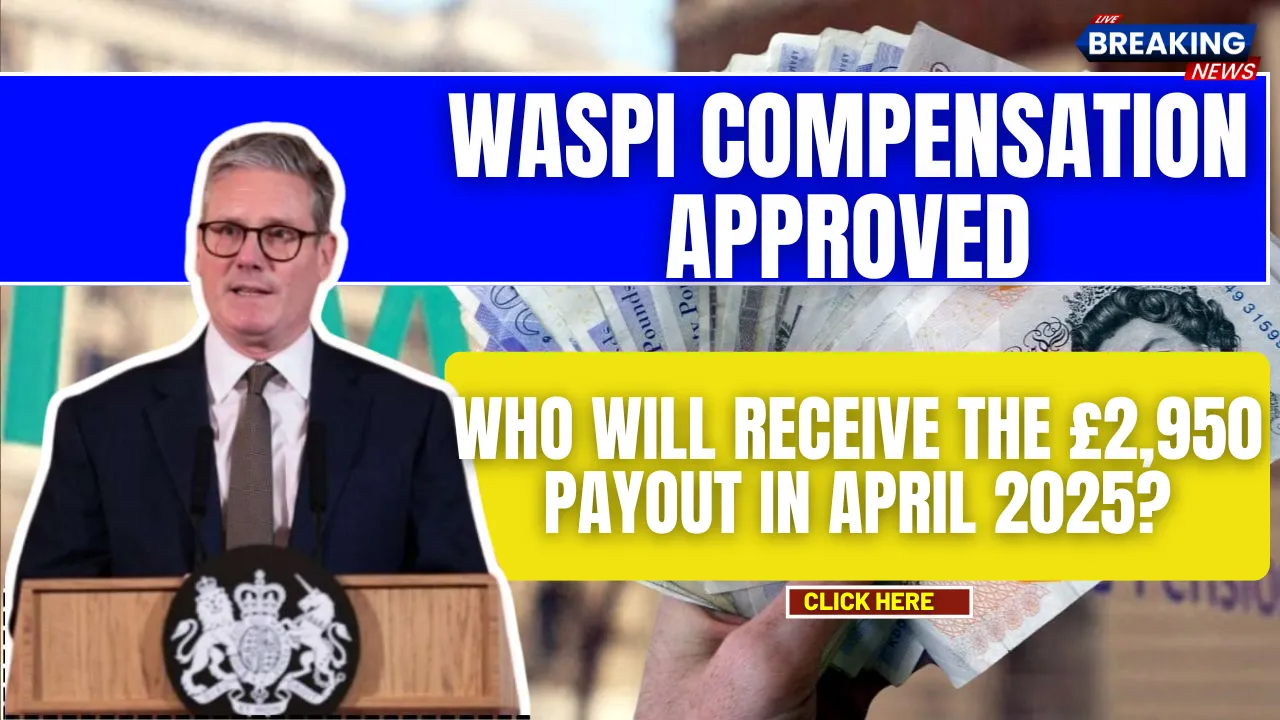Stimulus Checks 2025: As inflation continues to squeeze household budgets, several US states are stepping up to offer much-needed financial relief. While federal pandemic stimulus programs have ended, many state governments are launching their own aid initiatives in 2025. These new stimulus checks aim to support residents facing rising prices in food, housing, and energy, especially those who missed out on earlier programs.
The new Stimulus Checks 2025 programs are driven by local budget surpluses and targeted at low- to moderate-income residents. Amounts vary by state, with payments ranging from $300 to as high as $1,600 per household. Eligibility typically depends on income level, tax filing status, and whether residents have received prior aid. Here’s what you need to know about which states are issuing checks, who qualifies, and how payments will be distributed.
Stimulus Checks 2025: Key State Programs and Payout Details
Several states have confirmed new stimulus programs for 2025. While exact details vary, these efforts share the common goal of easing inflation-related burdens for working families and individuals.
Overview Table: Stimulus Checks 2025 by State
| State | Payment Amount | Eligibility Criteria | Payment Method | Distribution Timeline |
| State A | $300 (individuals), $500 (couples) | Income ≤ $150,000 (single), ≤ $300,000 (joint) | By mail | April to May 2025 |
| State B | Up to $725 per household | Based on income and family size | Direct deposit or check | Rolling out mid-2025 |
| State C | $800 (individuals), $1,600 (couples) | Income thresholds vary by filing status | Deposit, check, or prepaid card | Expected throughout 2025 |
Although Federal Pandemic Relief Payments Are Behind Us…
The end of federal COVID-19 relief packages doesn’t mean financial support has vanished. In 2025, several US states are taking independent action to ease the cost of living crisis. By using budget surpluses or dedicated fiscal allocations, these states are issuing new rounds of stimulus checks tailored to local economic conditions and resident needs.
These payments provide direct financial support to taxpayers who meet income eligibility criteria. States are also prioritizing individuals and families who missed out on earlier benefits, ensuring broader coverage. While amounts and requirements differ, the shared goal is financial stability amid economic uncertainty.
Checks of Up to $500 and New Rounds of Aid
One of the country’s largest states began issuing checks as part of its 2026 fiscal budget plan. Under this scheme:
- $300 is sent to single filers earning up to $150,000 annually.
- $500 is issued to joint filers earning up to $300,000.
This program targets more than 8 million residents and aims to offset rising living expenses. Payments are mailed directly and began rolling out in late April 2025, continuing into May. These rebates are structured to reach middle-income taxpayers who may not qualify for traditional welfare benefits but are still financially strained.
Additional Support Based on Family Size and Income
Another state has approved a new phase of its relief initiative, offering up to $725 per household. The amount is not fixed but determined by a mix of factors:
- Family size
- Annual household income
- Previous aid history
Families who were excluded from past programs are given priority. Payments are being processed via direct deposit for those with linked bank accounts, while others will receive physical checks. This targeted approach aims to fill the gaps left by earlier stimulus rounds, helping a broader demographic access essential financial relief.
Payments of Up to $1,600 for Families
A third state, benefiting from a $1.5 billion budget surplus, launched one of the largest refund efforts of 2025. Under this plan:
- Single taxpayers can receive up to $800
- Married couples filing jointly may get as much as $1,600
This generous payout recognizes the challenges faced by larger families and high housing costs in certain regions. Distribution methods include bank deposit, paper checks, and even prepaid cards, giving recipients flexible access to funds. The payments serve as a vital buffer for residents who are managing expenses like rent, healthcare, and childcare.
While There Are No New Federal Economic Stimulus Plans…
Despite no current plans for another federal stimulus program, states are using their autonomy to deliver regional solutions. These initiatives show how local governments are stepping in where national programs have ended. Each program is tailored to its state’s economic situation and resident needs, allowing for faster response and better targeting.
Residents should note that eligibility and payout structures differ by state. Some states automatically issue payments based on tax filings, while others may require an application. Staying informed through official state websites is the best way to avoid missing out on potential benefits.
Avoiding Scams and Staying Updated
Whenever new government payments are announced, scams tend to rise. Be cautious of:
- Unofficial websites asking for personal or banking information.
- Phone calls or messages promising expedited stimulus payments.
- Requests to “claim” your check through third-party platforms.
Always rely on official state government websites for information. Legitimate stimulus payments will never require payment or sensitive information up front.
Tips to Maximize Your Stimulus Check Benefits
If you’re eligible for a 2025 state-issued stimulus check, here’s how to make the most of it:
- Use it wisely: Prioritize essentials like groceries, rent, or debt repayment.
- Track your payment: Monitor your bank or mail for your check or deposit.
- Keep documents: Hold on to tax returns and notices confirming eligibility.
- Report issues: Contact your state tax department if you haven’t received your payment within the expected timeframe.
FAQs About Stimulus Checks 2025
Which states are offering stimulus checks in 2025?
At least three US states have confirmed new stimulus check programs for 2025, though specific names were not detailed in the source.
How much can I receive?
Payments range from $300 to $1,600, depending on your state, income, and household size.
Do I need to apply?
Most checks are distributed automatically based on tax records. However, some states may require applications, especially for late filers or non-tax filers.
Will there be any federal stimulus checks?
No. The federal government has not announced any new stimulus programs for 2025.
What if I didn’t receive earlier payments?
Some state programs prioritize residents who were previously excluded, so you may still qualify for new aid.
Final Thought
The Stimulus Checks 2025 initiatives show that while federal programs have paused, states continue to lead in helping residents manage inflation and economic stress. If you’re living in one of the participating states, ensure your tax filings are current and your contact information is up to date. Financial relief may be closer than you think.
If you found this guide helpful, share it with others who might benefit—and stay informed by checking your state’s official website for the latest updates on economic support.


